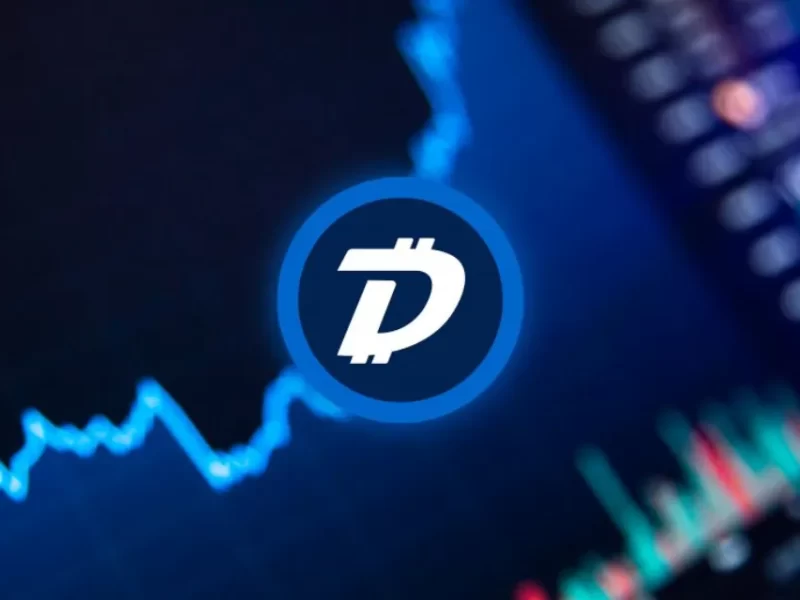Solana is currently one of the most intriguing cryptocurrency projects. A class-leading TVL (total value locked), it is one of the most staked tokens and one of the most valuable digital assets by market capitalization.
One way to benefit from its financial potential as an investment is to mine or stake your coins for passive income.
Everything you need to know about staking Solana (SOL) tokens, including how to do so using a staking pool and how the token compares to Ethereum, the most well-known smart contract platform, is covered in this article.
What are Solana Coins (SOL)?
In November 2017, Anatoly Yakovenko published a white paper outlining Solana’s proof-of-history concept. Yakovenko has experience working as a senior staff engineer at Qualcomm, Mesosphere, and Dropbox. Later, he worked with Greg Fitzgerald, Stephen Akridge, and Raj Gokal to create a single, scalable blockchain.
Loom was the original name of their idea, but at the same time, Ethereum launched Loom Network. To avoid any confusion, the team chose the name Solana for its project and Solana Labs for its company.
During private token sales in 2019, where Solana Labs raised about $20 million, the Solana cryptocurrency first became accessible. In 2020, the general public was given access to the Solana protocol and SOL tokens. Additionally established in 2020 was the Solana Foundation, which is based in Switzerland and supports the Solana ecosystem today.
Its quick and inexpensive transactions are Solana’s main draws. The average transaction cost is zero, and it is reportedly able to process 65,000 transactions per second.00025.
Solana uses proof of history, a special algorithm, to validate transactions, which enables it to accomplish that. Most blockchains employ one of two consensus algorithms: proof-of-stake, which is more effective, or proof-of-work. For even quicker processing, Solana employs a hybrid protocol that combines proof of stake and proof of history.
Read More: Solana (SOL) Price Prediction 2022-2030
Proof-of-Stake (PoS) System of Solana Coins
The Solana proof-of-stake algorithm assumes that a block’s validators are chosen at random. The validators could improve their chances by putting the most effort into each validation. With more money invested in the block, there is a higher chance of validating the block and earning the transaction fees as a result. This system is less harmful to the environment because it doesn’t require a lot of energy or machinery.
Can Solana Coins Be Mined?
No matter how sophisticated your hardware or how substantial your financial resources, Solana cannot be mined because it is a proof of stake coin.
However Solana does offer two key ways you can help out the network in exchange for rewards:
- Staking, where you can stake Use a validator and Solana that you already own to earn rewards. A Validator in the Solana network will pay you rewards of about 8% for allowing your coins to be staked to help confirm transactions on the network, similar to how a bank pays interest on your savings in exchange for using your money to pay for mortgages and other investments.
- Validation, where you run a highly powered server in a datacenter that works to confirm transactions on the As a validator on the Solana network, you can get a cut of all the rewards that people who “stake” their coins with you generate. However, the startup costs may be too high for some people.
The staking mechanism works by requiring each transaction validator to place a stake in the native asset, which serves as a reward for trustworthy behavior.
The stake also acts as a rule of thumb for who gets priority when building blocks. In essence, the stake determines how likely it is that the system will pick the validator to build the next block.
How to Earn Solana Through Mining
Despite the fact that Solana cannot be mined. But that doesn’t mean you can’t mine for SOL.
If you want to mine Solana, keep in mind that you should spend some time determining whether your setup will actually make you any money before you start. The price of solanas can change, and the number of miners also has a significant impact on your chances of profiting. Think about how worthwhile setting up a mining rig would be at the current SOL price. ASICs, which are regrettably now very expensive, would be the equipment that would be most effective for mining. A GPU won’t produce a significant return on investment when mining on a computer, but it might be something to try out when mining Solana. Charts of mining profitability can show you how much money you can make per Mh/s of hash rate. Electricity costs are also included in these charts. The number of miners increases the difficulty of mining, as does the demand for higher hash rates. Your hash rate essentially measures how much processing power you are contributing to the mining of new blocks. Block time is needed for this.
Where Can Solana Coins Be Mined?
The best place to “mine” or “stake” Solana coins to raise your earnings is on the FTX platform. SOL tokens can be purchased, sold, and staked for very little money, and daily interest payments of 6% are made to your account.
Their platform is the safest and most dependable custodian in the world, with billions of dollars’ worth of assets securely stored in its vaults. This is the best exchange to use if you want to mine Solana privately.
Is It Legal to Mine Solana Token?
Passive rewards are permitted by the Solana (SOL) protocol and are fully permitted as a source of income. Your Solana mining or staking rewards are taxed similarly to income; however, you should speak with a tax expert about the laws in your jurisdiction.



